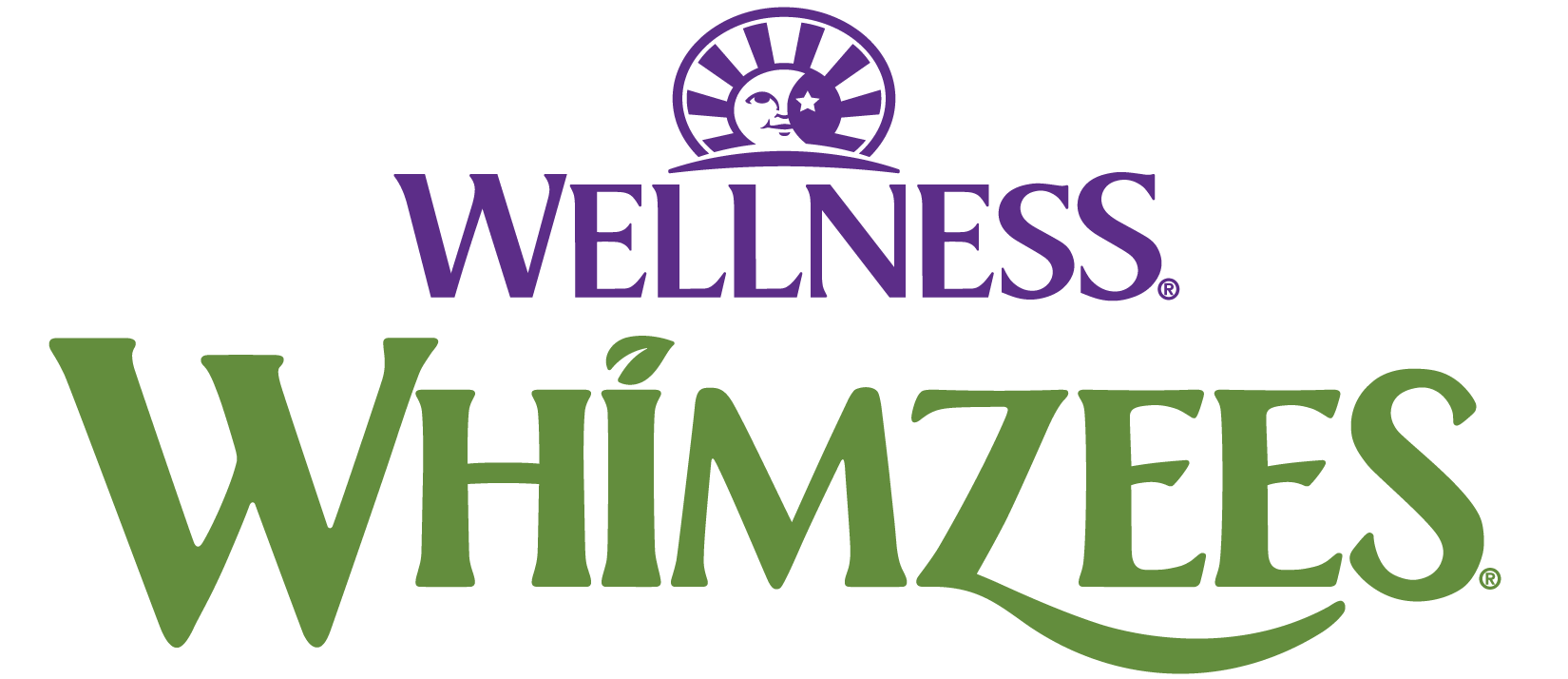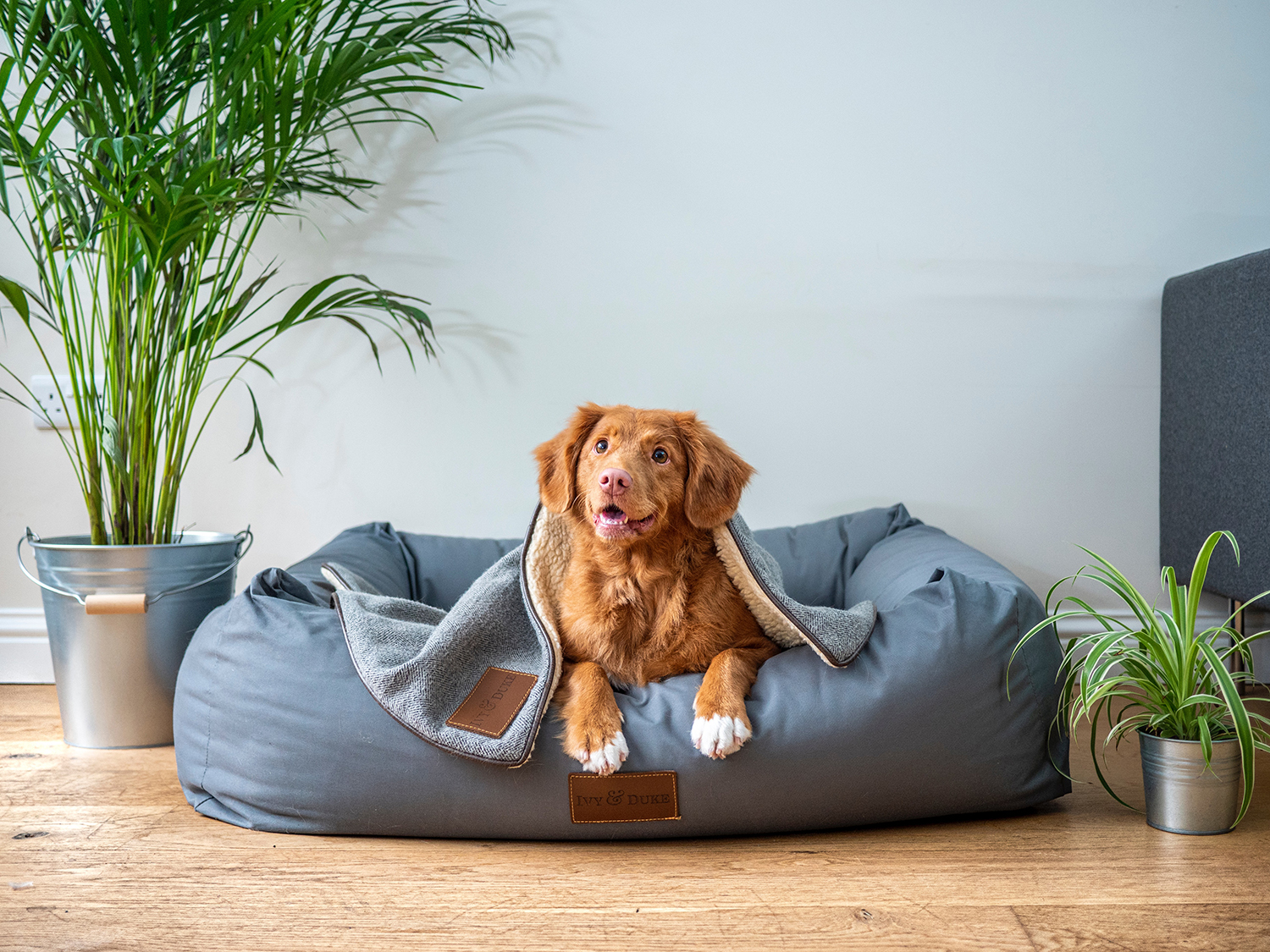Good dental care is important to your dog’s health and happiness. Just like us, dogs need daily at home dental care and while it is ideal to start to when your dog is young, it is never too late to begin caring for your dogs’ teeth. Without dental care a dog can easily develop dental disease which is which is why today, dental disease is the number one health issue of dogs affecting 80% of adult dogs and up to 96% of senior dogs. Left unchecked, poor oral health can negatively impact your dog’s overall health so that is why it’s more important than ever to take an active role in your pup’s at-home dental care.
Let’s talk what method is best when it comes to at home care
There are numerous ways to support your dogs at home dental care, some of which include:
- Toothbrushing
- Dental Chews
- Dental Diets
- Dental Toys
- Water additives
But before you start, it is important to first understand the current health of your dog’s teeth. Should he have accumulated tartar or gum disease, a visit to your dog’s dentist, the veterinarian, is a perfect place to start. Your veterinarian can professionally clean your dogs’ teeth as well as provide advice on anything you need to manage at home. After a professional clean, you can start your at home dental care knowing that your efforts will be more effective when it comes to keeping them clean.
Of all the at home care options, the gold standard is always tooth brushing. This cleaning action of the toothbrush works on the teeth and over all the surfaces to remove the daily build up of plaque, support gum health and minimize the development of tartar.
So how do you brush your dog’s teeth?
Brushing your dog’s teeth may be something that makes many pet parents instantly anxious about or simply in denial that it will ever be a successful option for keeping their dog’s teeth clean. But this does not have to be. Starting slow with a calm and patient technique can result in at home dental care being a fun and positive experience and great bonding moment for both you and your dog.
The supplies you will need include a toothbrush or finger-brush (preferably one designed for dogs) and a dog specific toothpaste. The first step to daily dental brushing is to get your dog used to their mouths being first touched. Start by giving their muzzle a light rub with your finger. Progress to gently touching their teeth and gums so that over a few days your dog quickly learns that you touching the inside and outside of their mouth is normal. Only once this is accepted by your dog can you then build on this to begin brushing their teeth.
Introducing the tools: Start with a gentle introduction. Let your dog taste the toothpaste and let them be familiarized with these items to encourage them to not be afraid of this new activity. With dog toothpastes often being a flavor that dogs love you can also try placing some toothpaste onto the brush and let your dog eat off it to make them see dental care as something they are eager to do.
Pick the right moment & begin brushing: Brushing your dog’s teeth is best done when you are both relaxed. Getting down to their level can help make the moment less stressful and help keep you both calm. Start with small circles on the easiest to reach teeth until you both become more confident with the process. Once complete, you can progress to the harder to reach teeth at the back of their mouth. Remember to always brush all the inside and outside surfaces as well as gently across the entire gum line to remove the daily plaque build-up on their teeth. This is a new experience for you both, so don’t forget to continually praise your dog’s good behavior throughout the session and reward them once complete with their favorite treats or play toy as a way to ensuring their enthusiasm and willing participation.
How frequently should you brush your dog’s teeth?
Plaque can start to accumulate on your dog’s teeth in as little as 24 hours making dental care an essential DAILY to keep your dog’s teeth clean and healthy. An added benefit, is that not only does daily brushing help stay ahead of plaque buildup but it also helps the cleaning process becomes more habitual and acceptable for your dog. Now, just like us humans, in addition to being daily, toothbrushing needs to be continued for at least two minutes when it comes to duration to ensure it is a thorough and effective clean. This two-minute daily commitment could be what makes the difference to your pet’s health and sparkly smile.
What if my dog and tooth brushing are two things that simply won’t go together?
Daily brushing isn’t always easy, if it becomes a situation that is stressful to you both, then choosing the next best option of giving your dog a daily dental chew can be a more acceptable and tasty choice for your both. WHIMZEES daily dental chews make a great option. They are not only convenient, effective and a playful way to support dental health but they are also scientifically proven to reduce plaque, reduce tartar, improve gum health and freshen a dog’s breath. Backed with the VOHC seal of acceptance for reductions in plaque and tartar, WHIMZEES when given daily, can make for a great option for at home dental care success.



